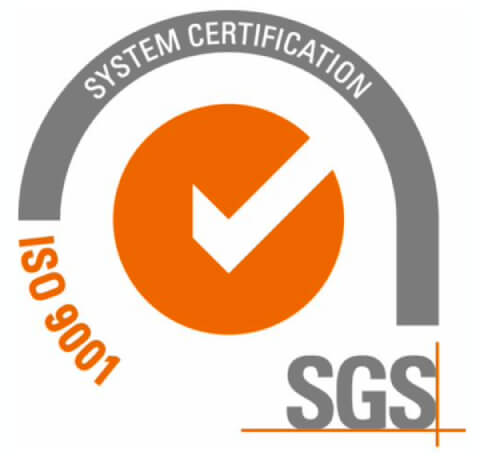Product Design vs. Design Thinking

Digital Products are all the rage these days, and for good reason — people love the convenience, functionality, and instant gratification that accompanies them. Digital products give us more flexibility in our lives as well as more control over our time and activities. From social media to e-commerce sites to productivity apps, businesses have discovered the benefits in creating digital experiences that appeal to customers of all ages and walks of life.
Imaginary Cloud developed its own design process, Product Design Process (PDP), based on a series of steps to be taken when developing a digital product.
Project-Design Process (PDP) is a project management methodology used in the creation of consumer products. It focuses on the development of a single product and has the advantage of following a multidisciplinary approach. PDP has a project plan, a high-level architecture, and keeps user needs in mind. The PDP can be used as part of Design Thinking or any other design approach.
So we can consider the two processes to be very similar, but we'll explain how both processes work and why PDP is the more appropriate for digital products.
What is Product Design?
Companies can use product design to ensure that their products meet customer needs and expectations. A systematic approach will help companies avoid product development pitfalls.
Product design identifies a market opportunity, defines users' needs and problems, develops a solution for those problems and validates the solution through user goals.
Therefore, when choosing to create a high-quality product or feature, designers should understand the business objectives and be able to evaluate the elements of good design. They must also be able to answer the following questions:
- What problem are we solving?
- Who has this problem?
- What do we want to achieve?
Asking these questions allows designers to go beyond the interaction and visual aspects of a design, which is helpful in understanding user experience.
Finding an innovative solution requires:
- Validating the problem
- Get to know your audience and your client
- Generating ideas
- Narrowing down accordingly to needs, goals, and technology available
- Prototyping
- Testing
- Iterating
What is Design Thinking?
"Design thinking is a human-centered approach to innovation that draws from the designer's toolkit to integrate the needs of people, the possibilities of technology, and the requirements for business success." Tim Brown Brown, executive chair of IDEO
Design thinking comes from the idea of combining "empathy" with "intuition". It incorporates analytical, synthetic, divergent, and convergent thinking to create many potential solutions and then narrows these down to a "best fit" solution. It is an approach that encourages designers to generate ideas by combining and building on concepts, with the intent of creating solutions that are both innovative and useful.
Design thinking includes three phases: divergence, in which participants brainstorm ideas and identify multiple solutions; convergence, in which they narrow down their ideas and choose the best solution; and prototyping, in which they test their solutions.
Design thinking has become increasingly popular in businesses, which have learned that traditional linear approaches to problem-solving are often ineffective. Design thinking encourages flexible thinking, experimentation, and iteration—qualities essential to success in today's rapidly changing economy.
Why is the product design process more effective than design thinking in creating digital products?
In both PDP and DT, the user experience is a primary consideration. Designers take into account how people will interact with a product, how it will look, and what emotions it will evoke. Furthermore, both disciplines are iterative: They continually refine their designs as new information comes to light.
The PDP builds on the DT framework. Because PDP was developed specifically for building digital products, it's the ideal process for this objective. Using the planning stage of PDP can save time and money during product development, resulting in higher quality products.
Imaginary Cloud is dedicated to creating user-friendly products that boost the efficiency of businesses while also enhancing their bottom lines.
We believe that no matter what your business does, or where you do it, you should be able to run it with ease and confidence. Our software makes that possible by helping you keep track of all your important information, so you can always see what's going on.
We're committed to providing our users with the tools they need to succeed in business today—and tomorrow too!
More Insights
Outsourcing can be a great way to bring in new skills, but it’s also a way to make sure that your business is protected, both financially and legally.
The Minimum Viable Product Theory was first introduced in a blog post by Frank Robinson in order to define the nature of a "product" in the context of increasing returns and reducing risks.
As the digital transformation landscape continues to evolve and new technologies emerge, it's important that we don't lose sight of the core drivers of digital transformation: sustainability, data volumes, and compute and network speeds.
Follow the latest technology and thought leadership by subscribing to Atomate newsletters.
Dive into cutting-edge tech trends and visionary insights, curated monthly for forward-thinkers like you.
